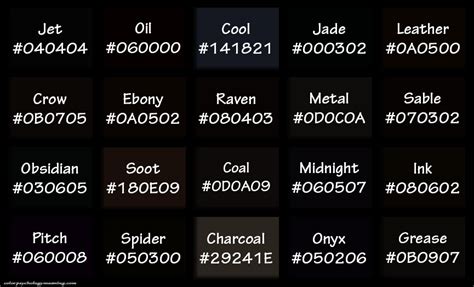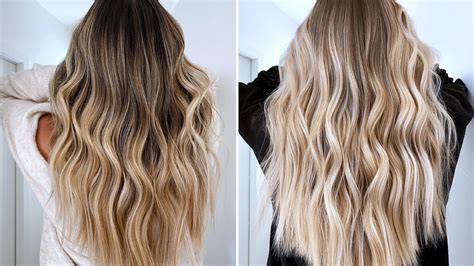Introduction
With so many hair coloring techniques available, choosing between balayage and highlights can be overwhelming. This comprehensive guide compares these two popular methods side-by-side, providing an in-depth analysis of their similarities, differences, and suitability for various hair types and desired results.

Defining Balayage and Highlights
Balayage: A Painted Technique
Balayage is a freehand painting technique where the colorist applies lightener directly to sections of hair, creating a gradual transition from dark to light. This results in a soft, sun-kissed effect that mimics natural highlights.
Highlights: A Foiled Approach
Highlights, also known as foils, involve wrapping individual strands of hair in foil after applying lightener. This creates a more defined, contrasting look and allows for precise placement of the color.
Key Distinctions
| Feature | Balayage | Highlights |
|---|---|---|
| Technique | Freehand painting | Foiled |
| Transition | Gradual | Defined |
| Appearance | Soft, natural | Contrasting |
| Placement | Custom | Specific |
| Versatility | Suits all hair types | Ideal for fine to medium hair |
| Maintenance | Lower (growing out softly) | Higher (requiring touch-ups) |
Choosing the Right Technique
Balayage for:
- Creating a natural, sun-kissed look
- Adding depth and dimension to dark hair
- Enhancing volume and texture in fine to medium hair
- Low-maintenance color solution
Highlights for:
- Dramatic contrast and definition
- Adding brightness to blonde or light-colored hair
- Precision placement for specific areas
- Ideal for fine to medium hair, but not recommended for thick or coarse hair
Suitability for Different Hair Types
| Hair Type | Balayage | Highlights |
|---|---|---|
| Fine Hair | + | ++ |
| Medium Hair | ++ | + |
| Thick Hair | + | – |
| Coarse Hair | – | – |
| Curly Hair | + | – |
Common Mistakes to Avoid
Balayage
- Over-painting, leading to an unnatural effect
- Using too much lightener, resulting in brassy or orange tones
- Neglecting to blend the color at the roots
Highlights
- Foils not placed close enough together, creating a streaky appearance
- Using too small foils, limiting color penetration
- Applying too much lightener, causing damage
Expert Advice
“Balayage is ideal for clients seeking a more natural, lived-in look. It’s a great technique for adding subtle dimension and shine,” says celebrity hairstylist Jen Atkin.
“Highlights are perfect for adding drama and contrast to hair. They allow for precise control over the placement and intensity of the color,” adds hairstylist Sally Hershberger.
Effective Strategies for Seamless Color
Blending: Use a low-volume developer and apply color close to the roots to seamlessly blend the balayage or highlights with the natural hair color.
Toning: Use a toner to neutralize any unwanted tones or brassiness and enhance the overall color vibrancy.
Gloss: Apply a gloss to add shine and protect the colored hair, creating a lustrous and healthy appearance.
Frequently Asked Questions
Q: How often should I get touch-ups?
A: Balayage touch-ups are typically needed every 3-6 months, while highlights require more frequent appointments every 6-8 weeks.
Q: Can I do balayage or highlights at home?
A: While professionals recommend seeking a licensed hairstylist for optimal results, home DIY kits are available for those willing to take on the challenge.
Q: Is balayage or highlights better for thick hair?
A: Balayage is generally preferred for thick hair as it allows for a more subtle and diffused color distribution.
Q: What is the average cost of balayage or highlights?
A: The cost varies depending on the salon, hairstylist’s expertise, and the length and thickness of the hair. According to a survey by the Professional Beauty Association, the average price for balayage ranges from $100-$300, while highlights typically cost between $75-$200.
Conclusion
Both balayage and highlights offer unique advantages for enhancing hair color. Balayage creates a natural, sun-kissed effect, while highlights add dramatic contrast and precision. By understanding the key differences and suitability for different hair types, clients can make an informed decision and achieve their desired hair goals.
